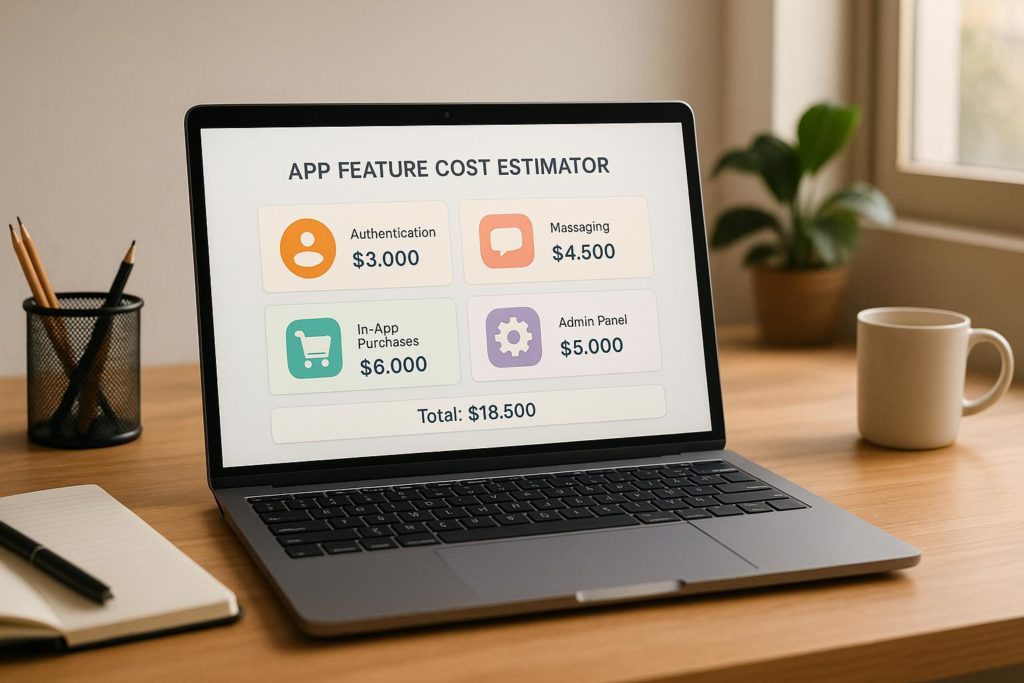Plan Your App Budget with an App Feature Cost Estimator
Creating a mobile application is an exciting journey, but figuring out the financial side can be daunting. That’s where a tool to calculate app development expenses becomes a game-changer. Whether you’re a startup founder or an indie developer, having a clear picture of potential costs helps you prioritize features and allocate resources wisely.
Why Budgeting Matters in App Development
Every app starts with an idea, but turning that vision into reality involves multiple components—user authentication, notifications, payment systems, and more. Each element carries a price tag influenced by its complexity and the platforms you target, like iOS or Android. A budgeting tool breaks these down into digestible estimates, factoring in variables like platform-specific adjustments and unexpected hiccups. This approach lets you focus on building a product that resonates with users without breaking the bank.
Make Informed Decisions
Beyond just numbers, understanding development expenses empowers you to weigh trade-offs. Maybe you’ll opt for simpler social sharing now and scale up later. Or perhaps you’ll target one platform first. With a reliable cost estimation tool, you’re equipped to strategize effectively and bring your app to life with confidence.
FAQs
How accurate are the cost estimates provided by this tool?
Our estimates are based on industry averages and real-world data from app development projects. They’re meant to give you a solid starting point, factoring in complexity levels for each feature and platform-specific costs. That said, every project is unique—things like design needs or custom features can shift the final price. Use this as a guide, and consult with developers for a precise quote.
Why is there a 10% buffer added to the total cost?
We add a 10% buffer to account for unexpected expenses that often pop up during app development. Think of it as a safety net for things like last-minute feature tweaks, testing delays, or scope creep. It’s a common practice in budgeting to help ensure you’re not caught off guard by small overruns.
Why do costs differ between iOS and Android platforms?
Costs vary because each platform has its own development quirks. iOS often requires more expensive hardware for testing and has stricter App Store guidelines, which can bump up effort and price—hence the 1.2x multiplier. Android’s diversity of devices means more testing across screen sizes and versions, so we apply a 1.1x multiplier. Choosing both platforms doubles the workload, leading to a 2.0x adjustment.
Last Updated on November 5, 2025 by Becky Halls

0 thoughts on “App Feature Cost Estimator Tool”